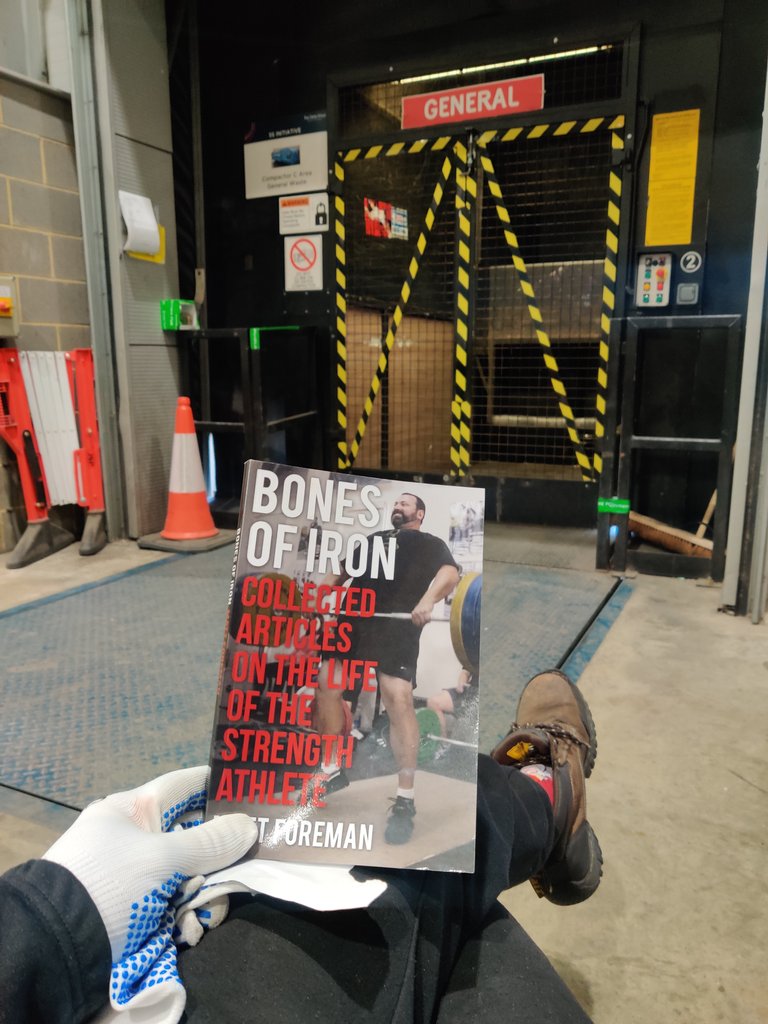An Explanation of the Six Phases of the Snatch and Clean "Pull"
An Explanation of the Six Phases of the Snatch and Clean "Pull"
The six phases of the snatch and clean set forth by Lukashev and Podlivayev are explained in this section. Each phase will be analyzed in some detail in the next section. During the discussion we will often refer to the "pull". In the context of this discussion, pull means the lifting of the bar from the floor to the point at which the lifter brings to the bar to a stop on his or her shoulders (in the clean), or overhead (in the snatch). Pull always refers to both lifts unless otherwise specified.
The first phase of the snatch and dean starts from the point where the lifter begins to interact with the bar. This includes such actions as the placement of the lifter's feet and body in relation to the bar, the setting of the lifter's grip and any rocking or other motions the lifter may make in preparation for lifting or separating the bar from the platform. The first phase ends at the moment when the bar "separates" (is lifted) from the platform by the athlete.
The second phase of the snatch and clean, also called the preliminary acceleration" phase, begins where the prior phase ends (ie., when the bar leaves the platform) and ends when the legs have straightened to their maximum extent for the first time during the pull tie, approximately at the point when the bar has reached knee level in the clean and the bar is at the level of the lower third of the thigh in the snatch). This also marks the end of the first period" in the pull.
The third phase of the snatch and clean, also called the "adjustment phase, begins when the athlete starts to flex the knees again and to move them under the bar. It ends when the knees have reached their maximum point of flexion.
he fourth phase of the snatch and clean, also known as the "final acceleration" or "explosion phase, begins when the knees have reached maximum flexion and ends when the knees are fully straightened, or nearly so, and the athlete is at the highest point that he or she will reach on his or her toes (i.e., the point where the lower extremities of the body reached their maximum amplitude in the pull before they begin to relax so that the body can be lowered to catch the bar). This point also marks the end of the second period of the pull.
The fifth phase of the snatch and clean, also known as the "unsupported squat under," starts once the athlete's lower limbs have reach their maximum amplitude of extension and ends once the bar has reached its maximum height.
The sixth and final phase of the snatch and clean begins when the bar has reached its maximum height and ends when the bar has been "fixed" (i.e., the downward progress of the bar has been halted and the lifter has some degree of control over it).
Trade-free fitness at myworkoutarena.com

Hi @rmsbodybuilding,
Thank you for participating in the #teamuk curated tag. We have upvoted your quality content.
For more information visit our discord https://discord.gg/8CVx2Am